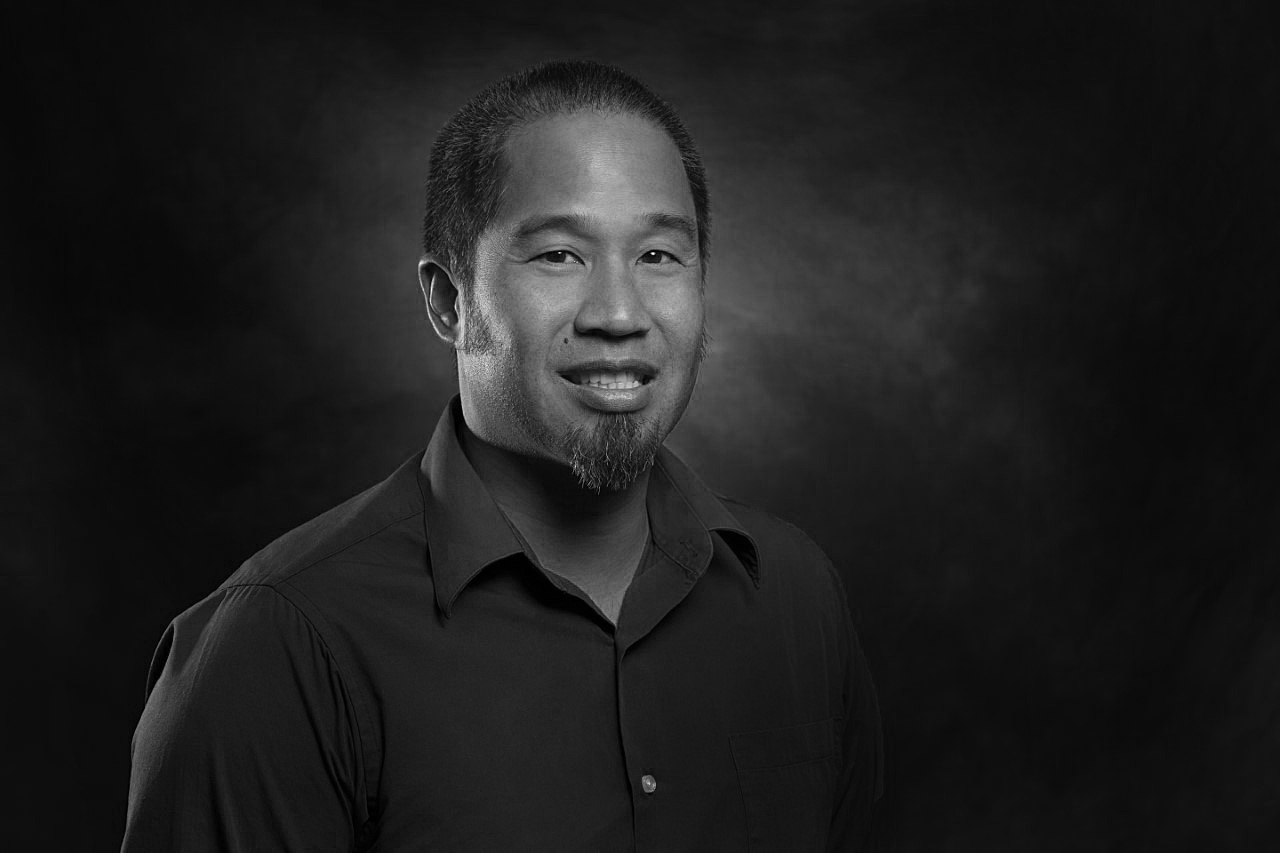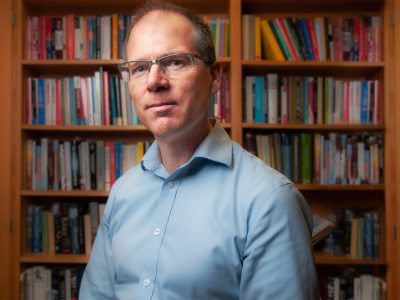By Mary Giles
Although anti-Asian racism has a long history in Canada, hate-related incidences in Ottawa against Asian Canadians increased by 600 per cent from 2019 to 2020.
A Statistics Canada survey in May 2020 reported that Asian Canadians have experienced an increase in race-based harassment and attacks since the beginning of the COVID-19 pandemic. The Human Rights Watch called for a national action plan to prevent more racist and xenophobic violence.
Almost one year later, a report by the Chinese Canadian National Council found more than 1,000 self-reported incidents of anti-Asian racism between March 2020 and February 2021. This represents a higher rate of incidents per capita than the United States, where recently, there has been significant media attention.
“It’s not surprising that it’s gotten to this point,” says Dennis Kao, a professor in the School of Social Work. “The issue is garnering attention now, but it’s been building over the past year. Nothing was done to engage the Asian Canadian community to address the issues until very recently.”
Last May, Kao received a Carleton University COVID-19 Rapid Research Response Grant for his work on Racial Discrimination and the Well-Being of Asian Canadians in the COVID-19 Context.
The research with co-investigator Professor Kenta Asakura, through the Centre for Studies on Poverty and Social Citizenship, looks at the increased incidences in the past year of racial discrimination against Asian Canadians and the link between health and well-being.

Tracking Discrimination through Media
Kao is tracking anti-Asian racism through news media to compile and analyze data, although with the increasing number of incidences reported daily, it has been difficult to keep up.
While incidences of physical violence are reported in the news media, other less violent but still harmful incidences of verbal abuse and other forms of discrimination are not as widely reported. Racist verbal harassment occurs in person in public spaces, but also on social media.
Kao has been tracking Twitter data with research assistant Eiman Sultan (BSW ’20) since July 2020. “Social media is an important space for people to circulate ideas, but it is also a big space for cyber bullying,” says Kao. “By keeping track of tweets surrounding keywords, we have been compiling data to see how racism is occurring in the Twitter space to investigate racism’s impact on the health and well-being of social media users.
“Victims who are direct targets of the violent physical attacks reported in news media or who are directly impacted by verbal abuse in social media are obviously affected, but the broader population who reads the news or tweets are also impacted, especially if they don’t respond or push back.
“Even if I haven’t been a direct recipient of physical attacks, when I read about what is happening, it raises my anxiety and stress level, as well as my level of personal vigilance. People may be more hesitant to go out to run basic errands.
“Incidences that rise to the level of hate crimes are important to consider, but so is the overall hostile environment that has been created. On top of the stress involved with the pandemic, there is the added burden of constant news reports about violence and microaggressions in social media that are decreasing health and mental well-being.”
One Year Later
“The City of Ottawa has started to pay attention to the increase of anti-Asian racism by hosting a consulting session with members of the community,” says Kao. “It would have been great to start talking about this a year ago, as it was occurring. All of the less violent incidences and microaggressions happening all of the time that didn’t get media attention have been building and building.
“To those of us who have been experiencing this over the past year, everything that is occurring now is not surprising, unfortunately. It didn’t garner sufficient attention when it started. Last year, there was nothing done to address the rhetoric centred around COVID-19 or to engage the Asian community on how to address it.
“Now that there is a different administration in the U.S., policy is coming through. Even here in Canada, they are really just starting to think about the issue of anti-Asian racism during the pandemic. This has been occurring for a year. Why are we only starting to really talk about it now?”
On April 9, 2021, despite a year of backlash against the use of the term “Chinese virus,” a town councillor in Essex, Ontario tweeted that his “test for the Chinese flu came back positive.”
“Racial discrimination has always been there,” says Kao, “but during challenging times people are looking for a group to scapegoat. This has impacted all Asians who are Canadians, not only Chinese Canadians.
“We saw some of this happening during SARS, but it didn’t rise to this level. COVID-19 just exacerbated already existing tensions, conflicts and perceptions. It has now come to a boiling point.”
Intersection of Racism and Ageism
Kao has a background in gerontology and researches aging-friendly communities. He says that while violent attacks on older Asian Canadians and Asian Americans have increased in recent months, many incidents are not reported.
“This wave of racism and hate incidences seems particularly targeted towards older Asians,” says Kao. “They are impacted by COVID-19, by racism in the form of verbal abuse and vicious attacks, but ageism is also an underlying factor.”
This fall, Kao will interview people who have been impacted by anti-Asian racism in Ottawa, including students, community members and older adults. Kao says, “Although racial discrimination has a significant effect on physical and mental health and well-being, limited research has focused on Asian Canadians.”
The interviews will help to build better public awareness about the impact of racial discrimination regarding COVID-19 on Asian Canadians, but also to help inform better policies and dispel myths through public messaging.
“Although there has been an increase in hate-related incidences this year, at the criminal level, it’s difficult to prove racism in court,” says Kao. “Many cases don’t end up being prosecuted as hate crimes. The impacted community is let down because we feel we are not protected by laws. There needs to be steeper enforcement and punishment for hate crimes, but also in prevention through public awareness.
“At a basic level, everyone needs to understand that words matter.”
Monday, April 26, 2021 in Another Take
Share: Twitter, Facebook



